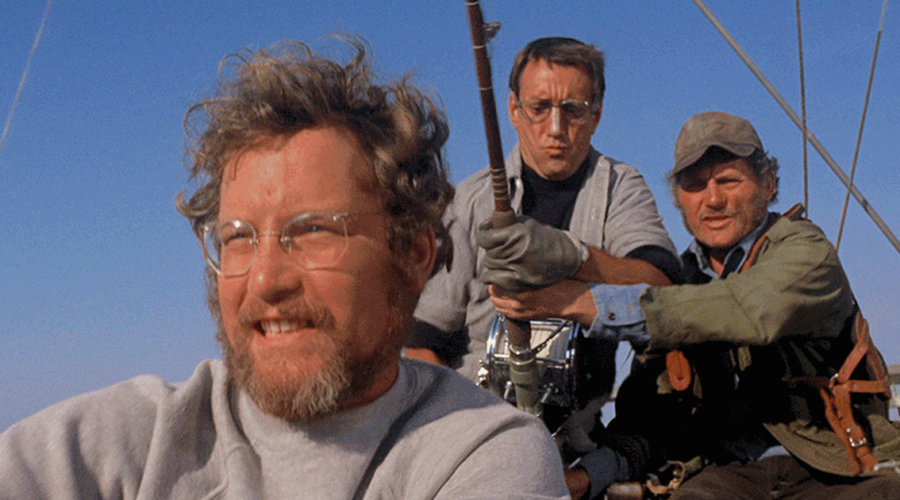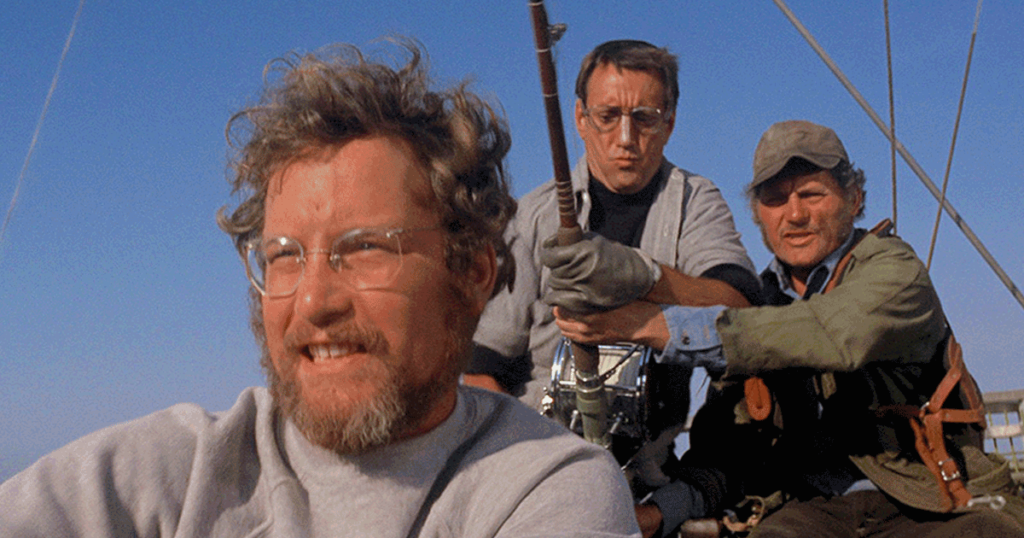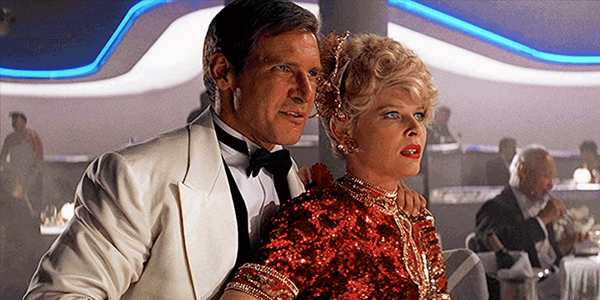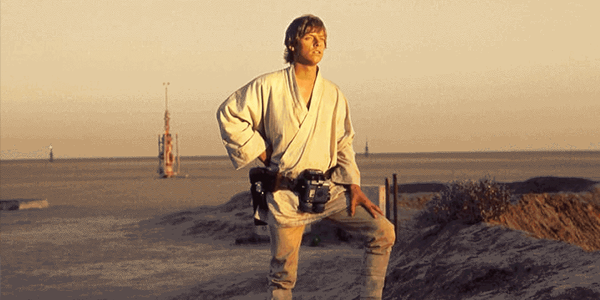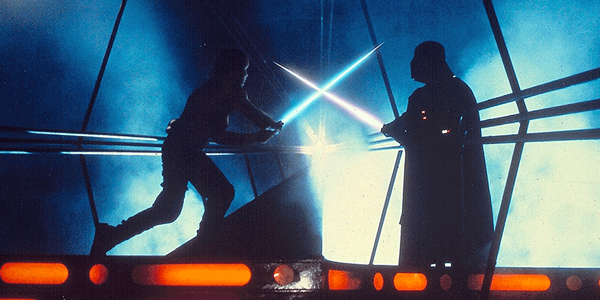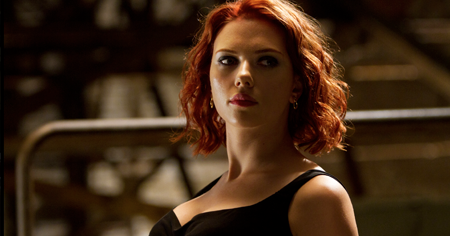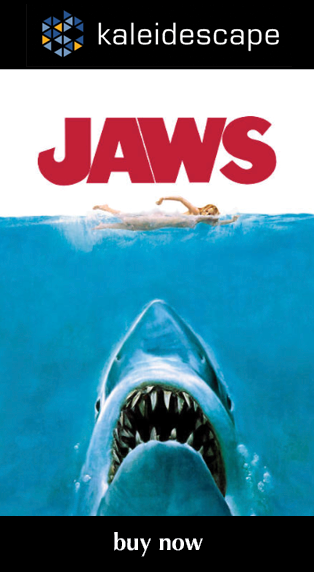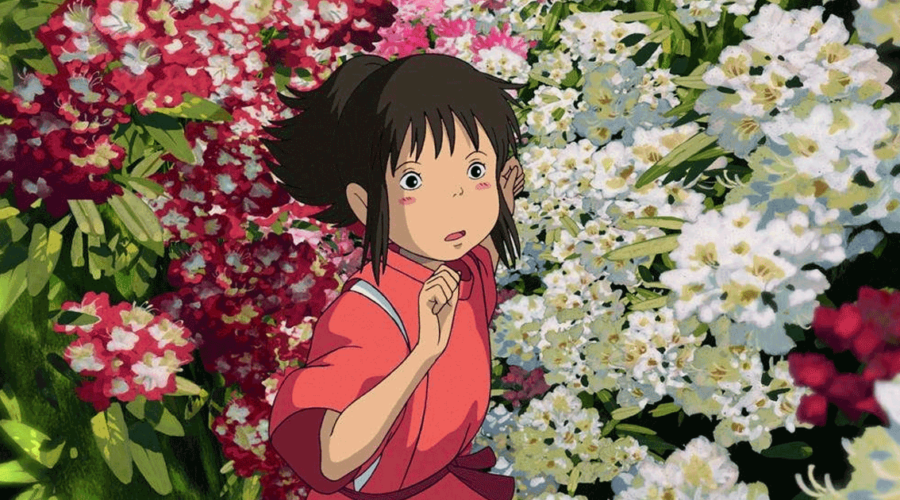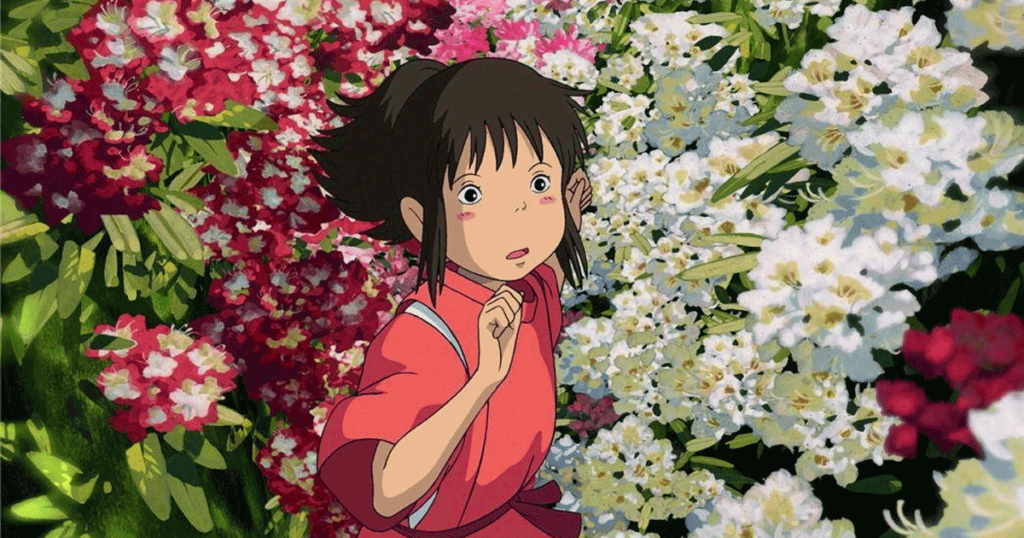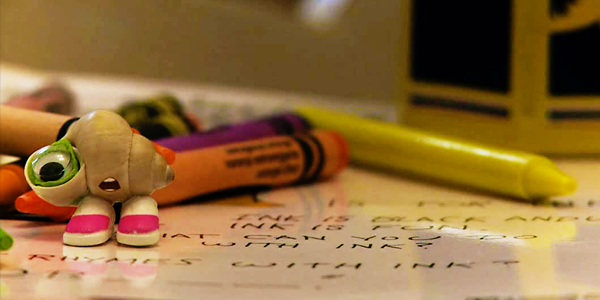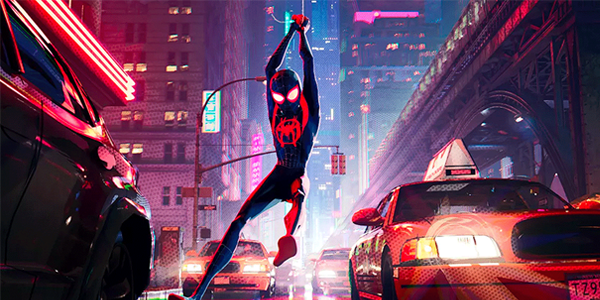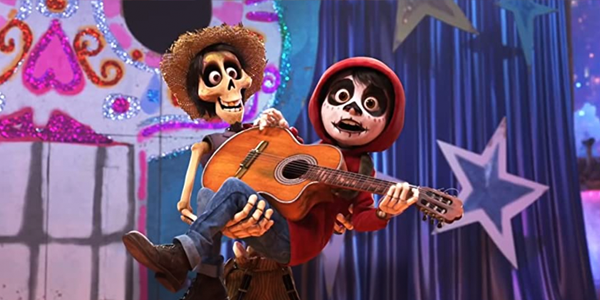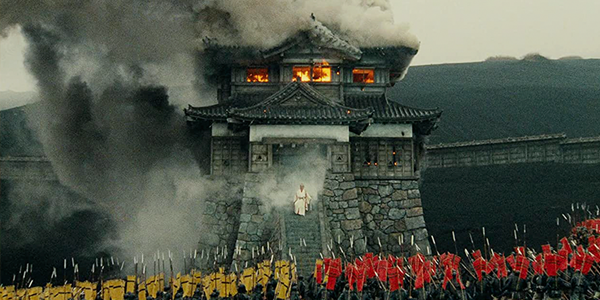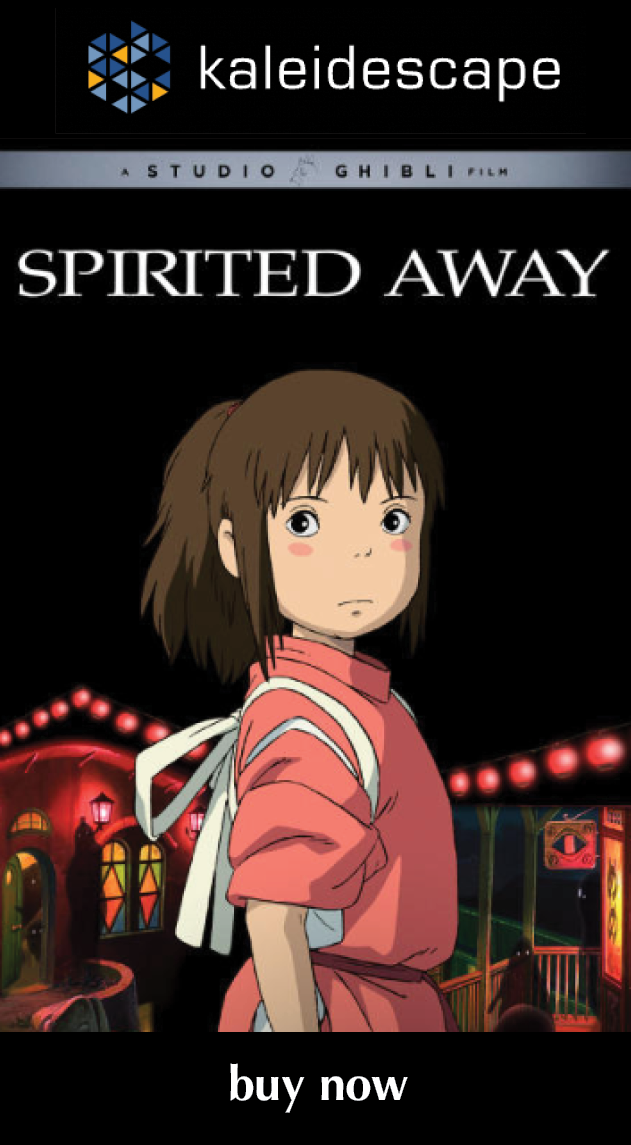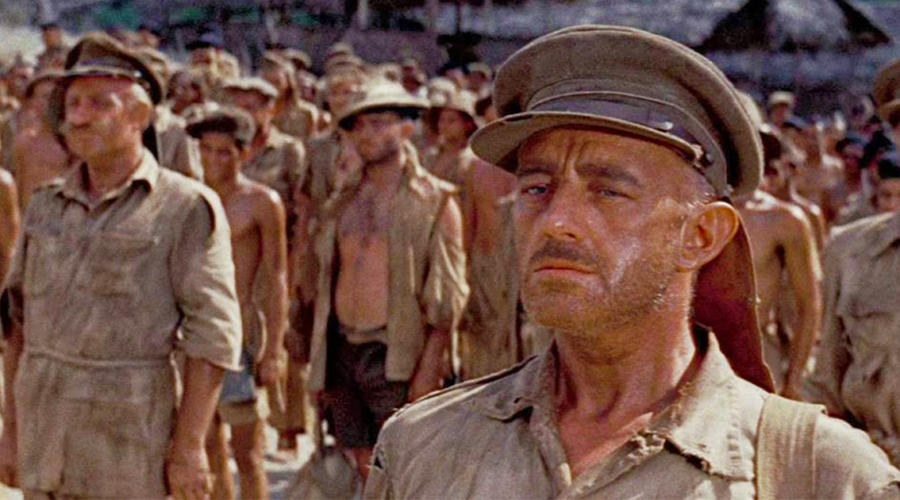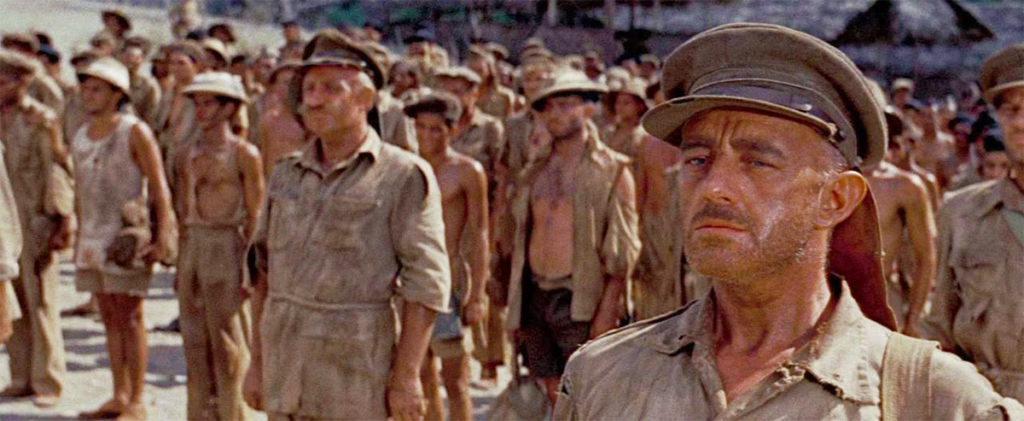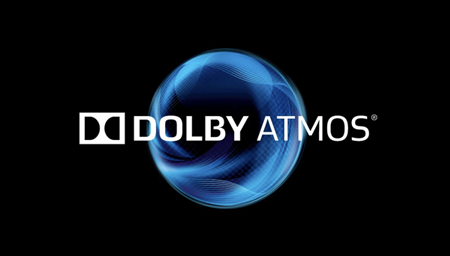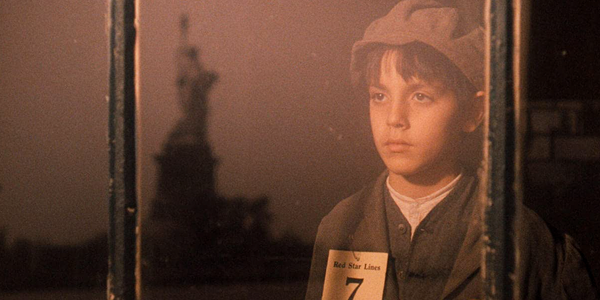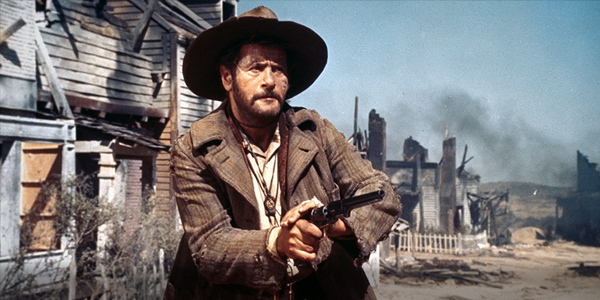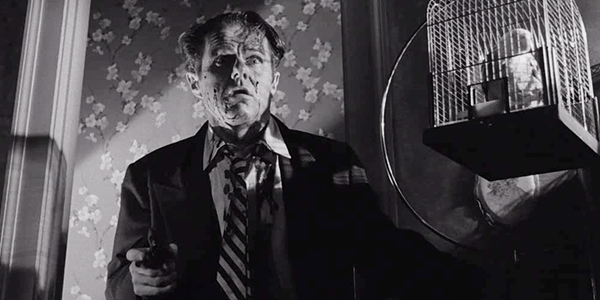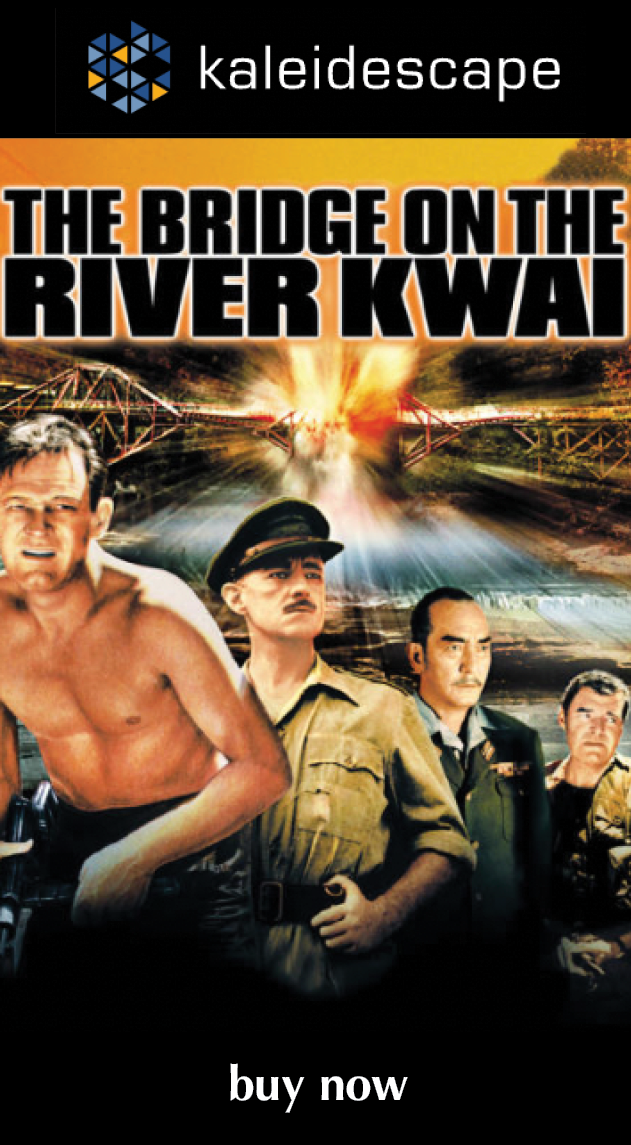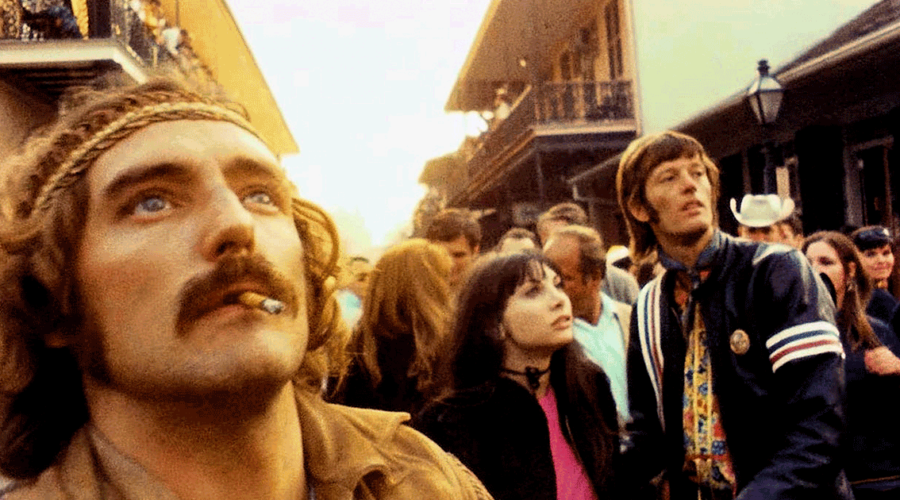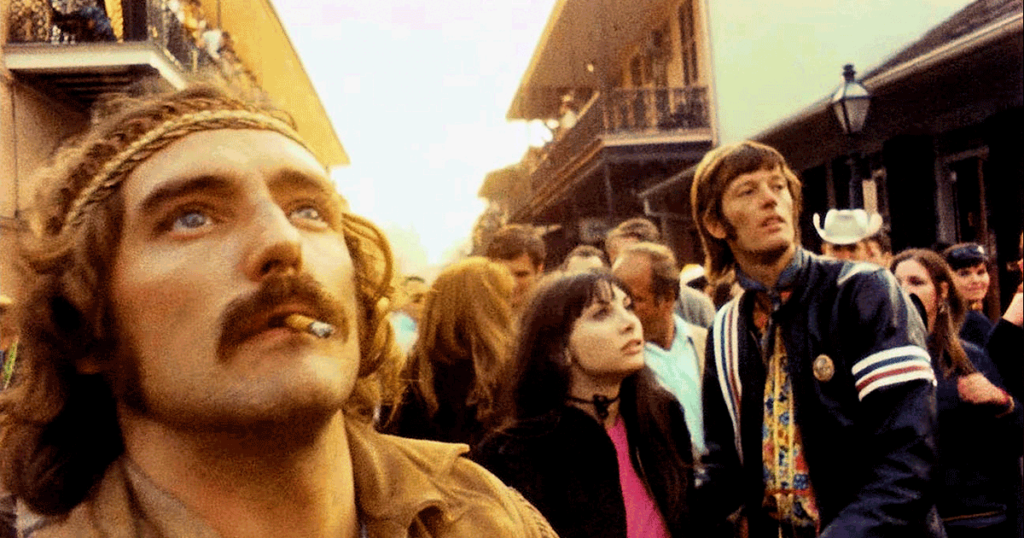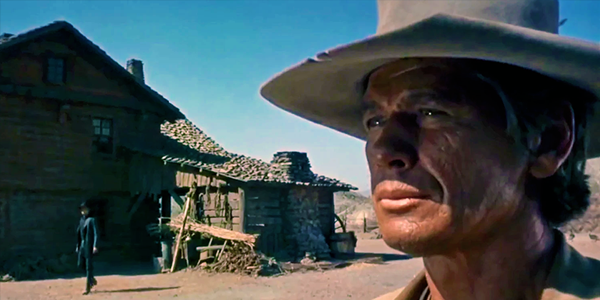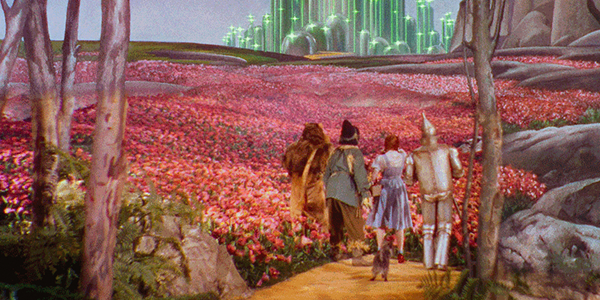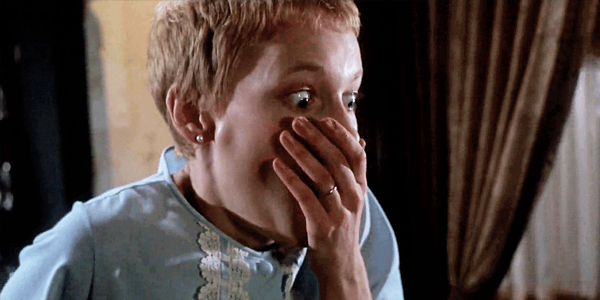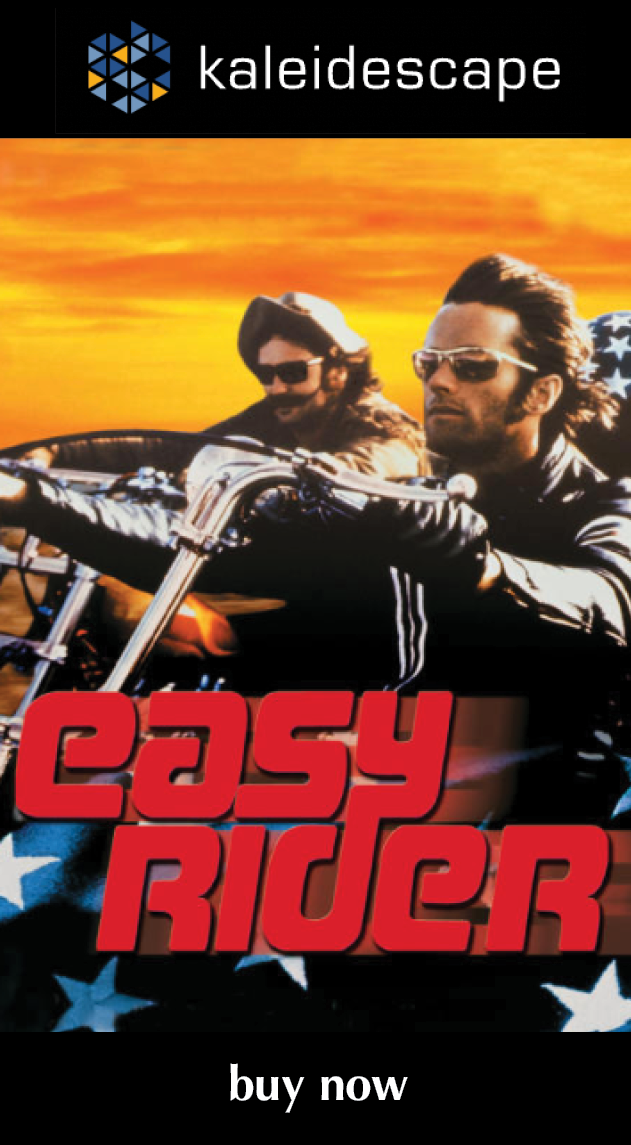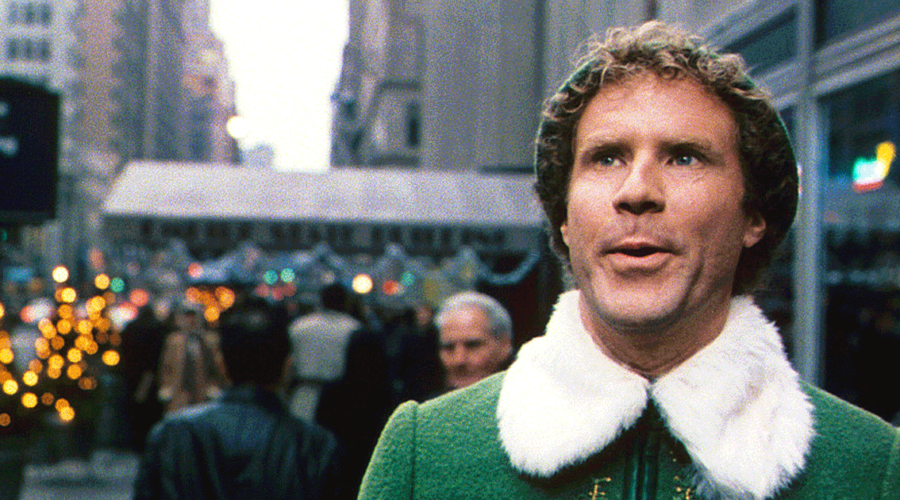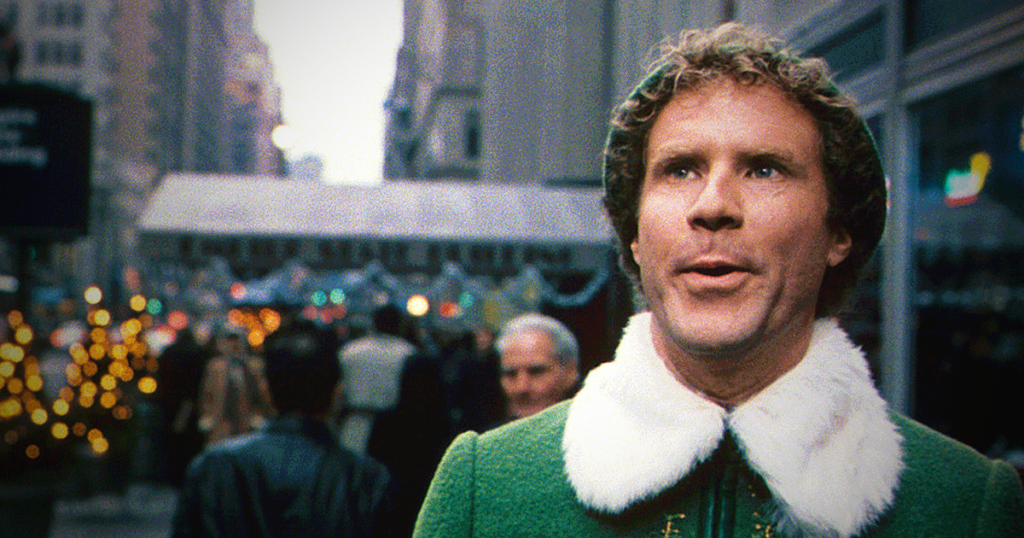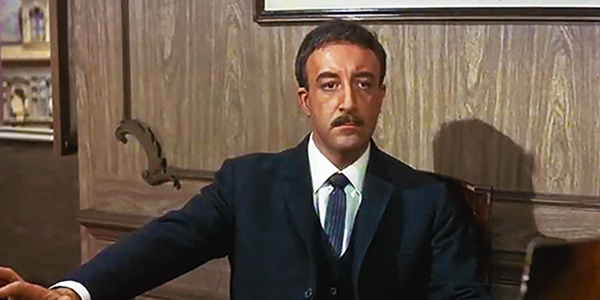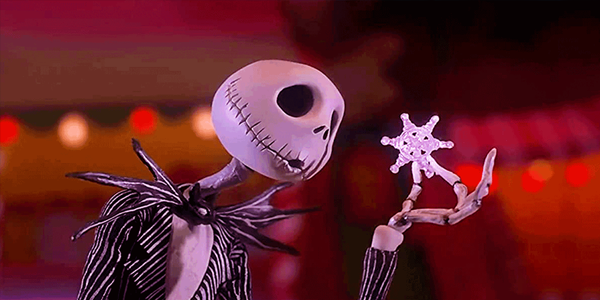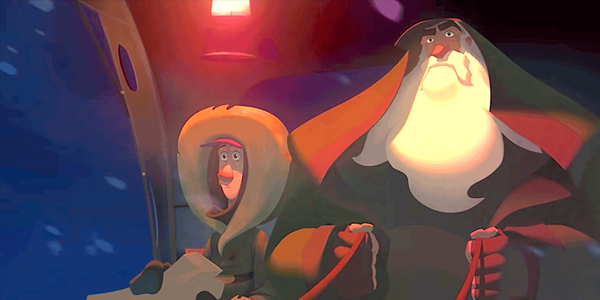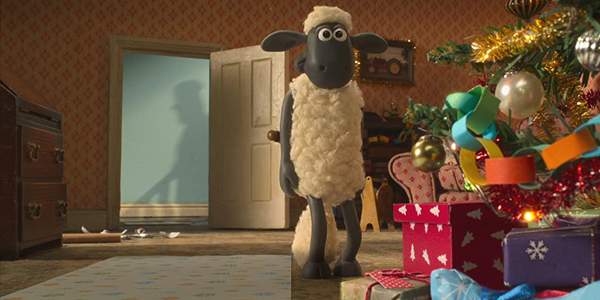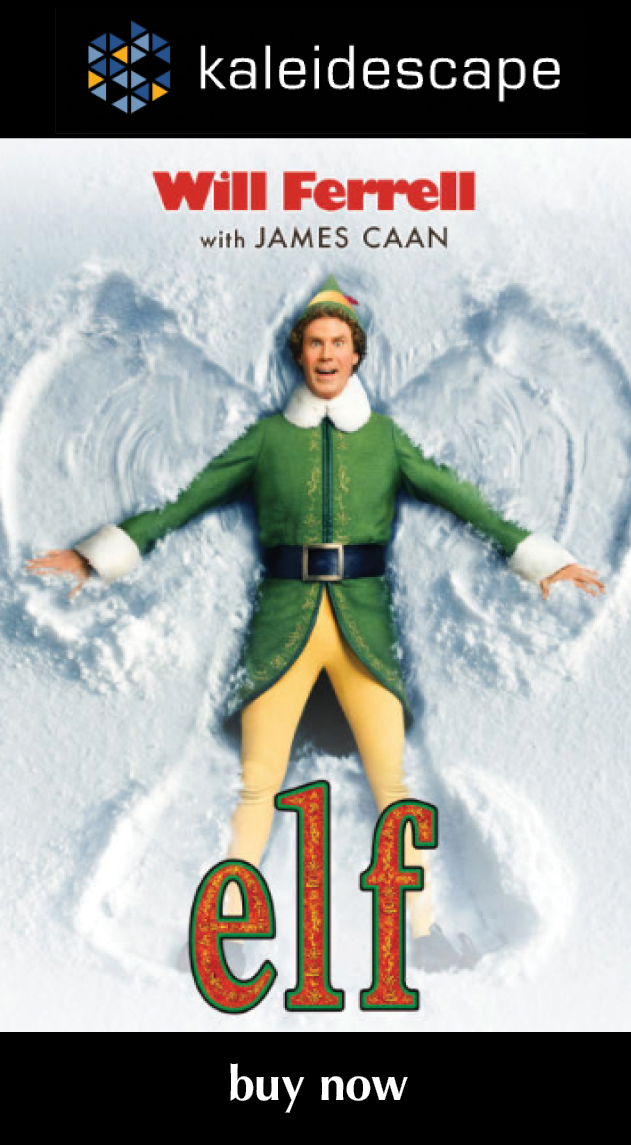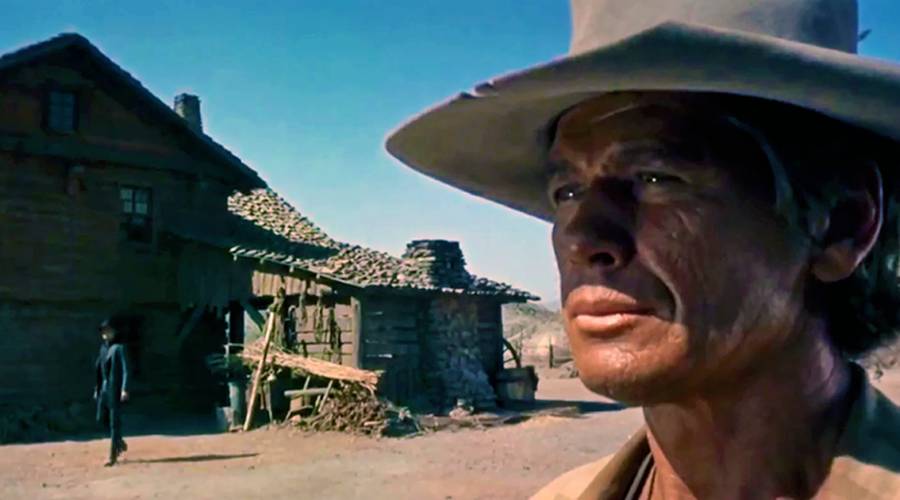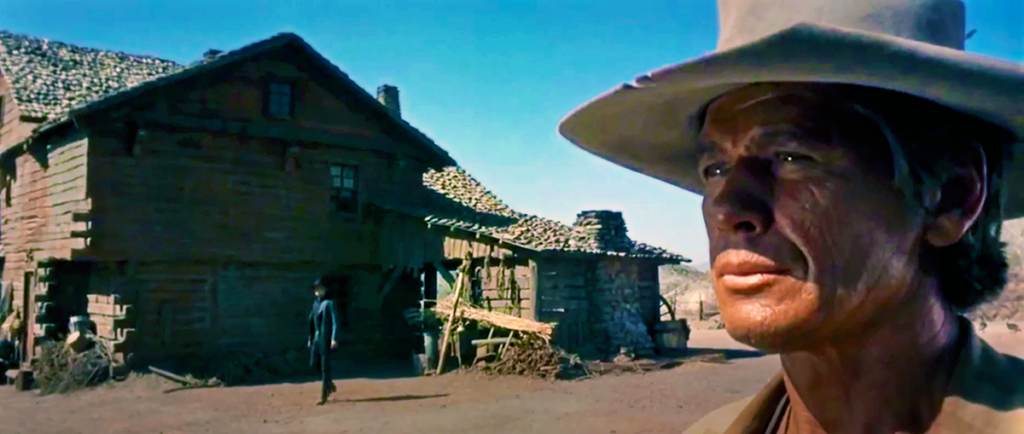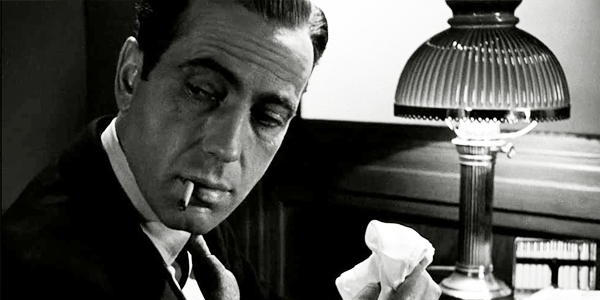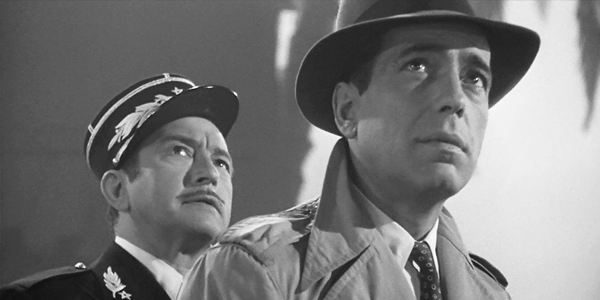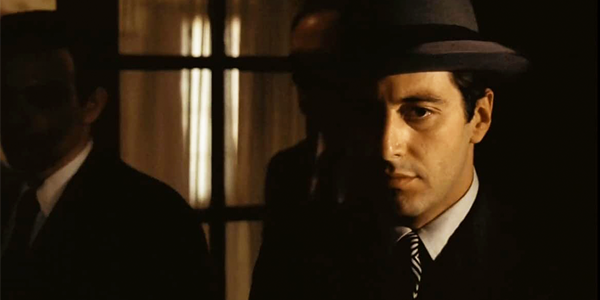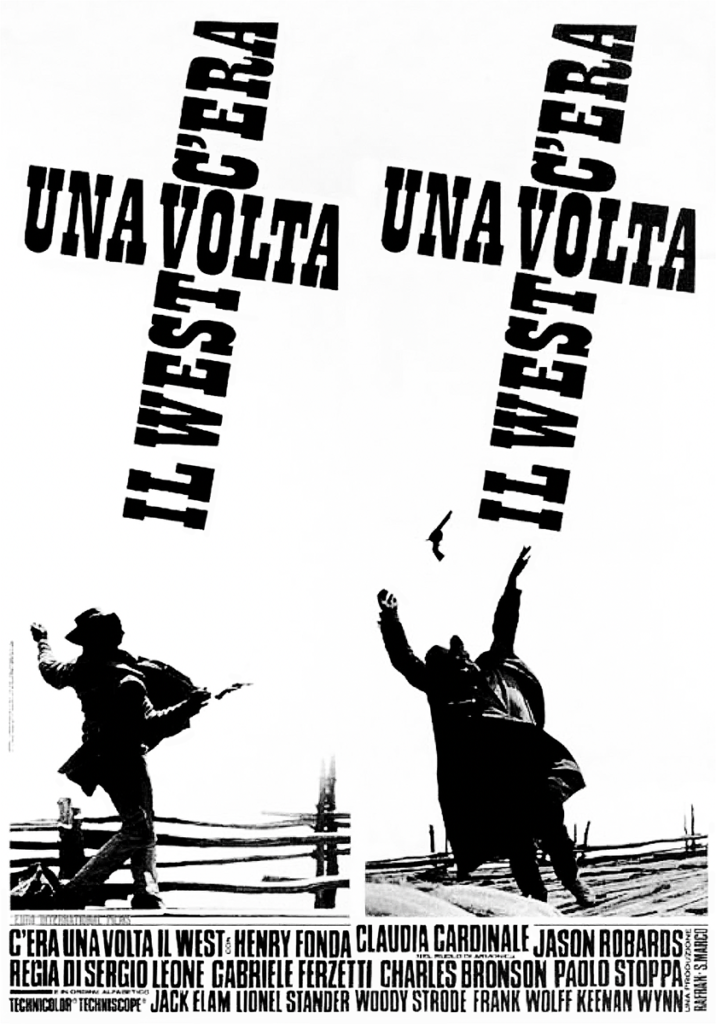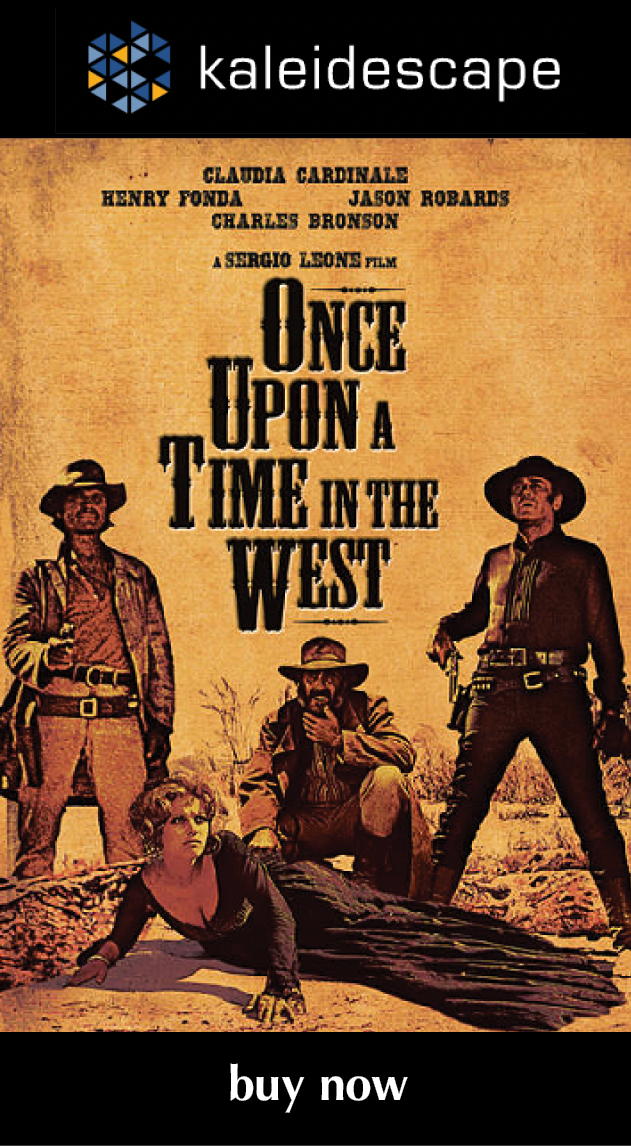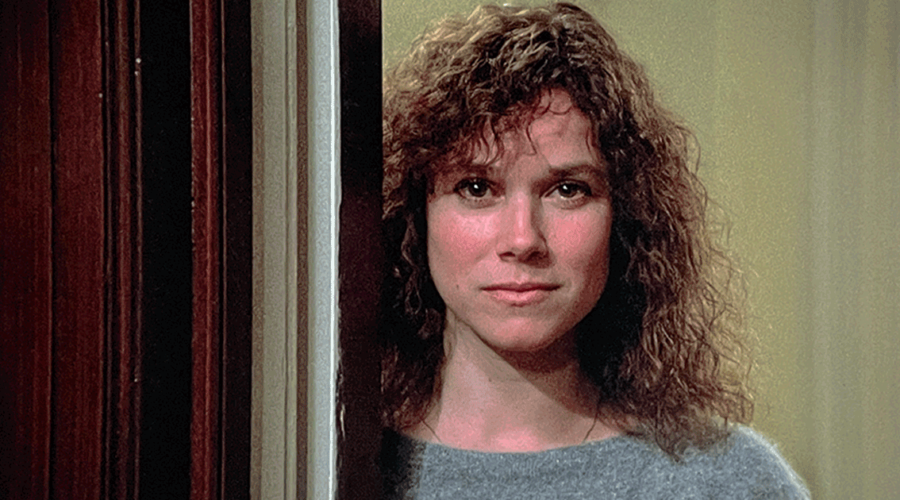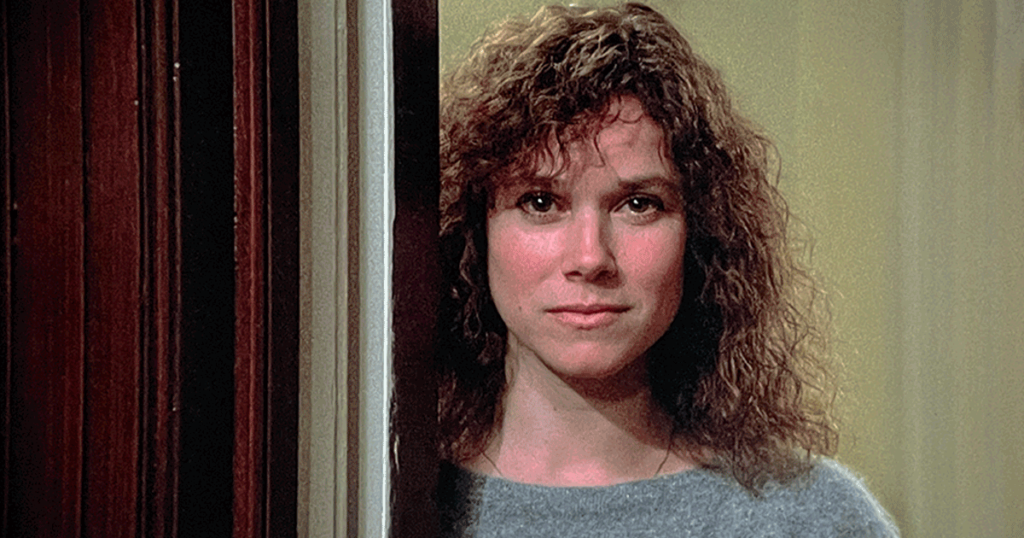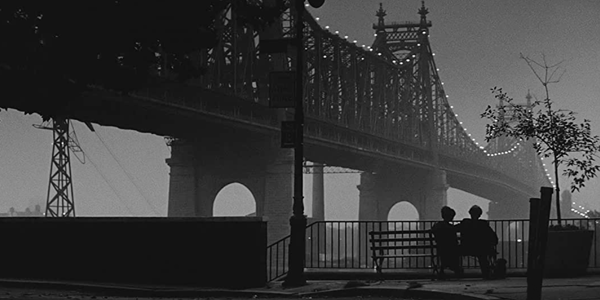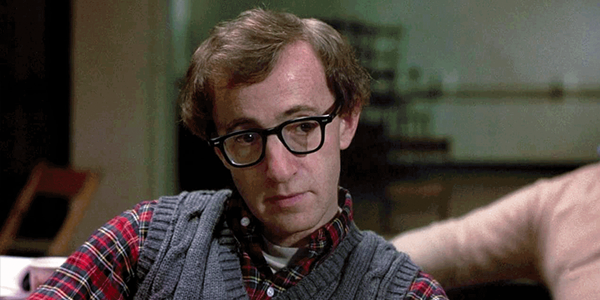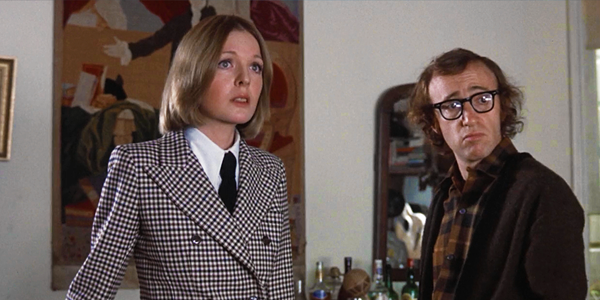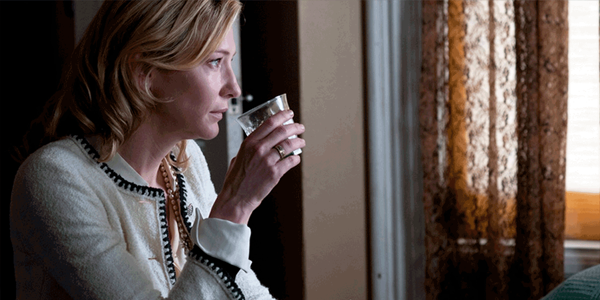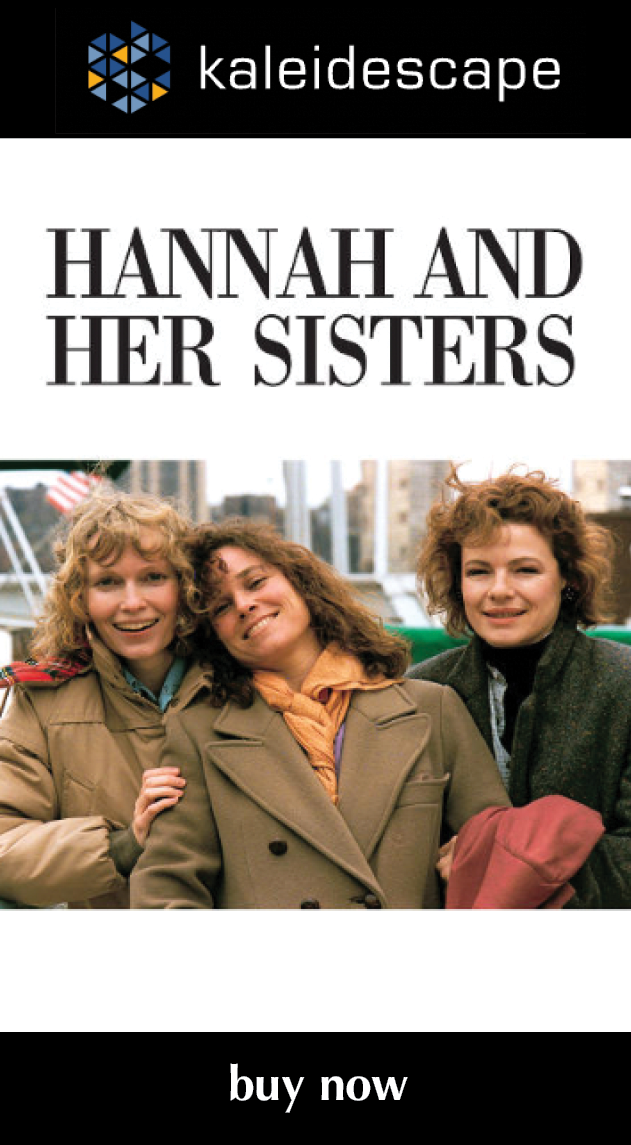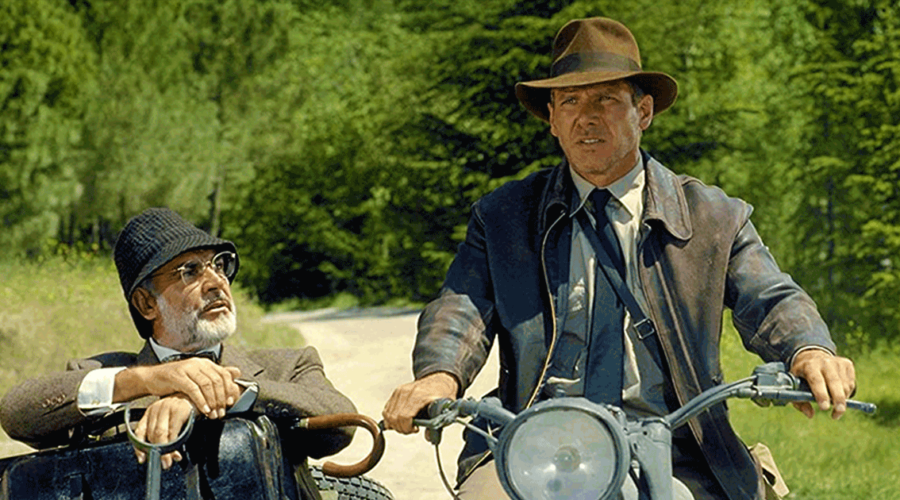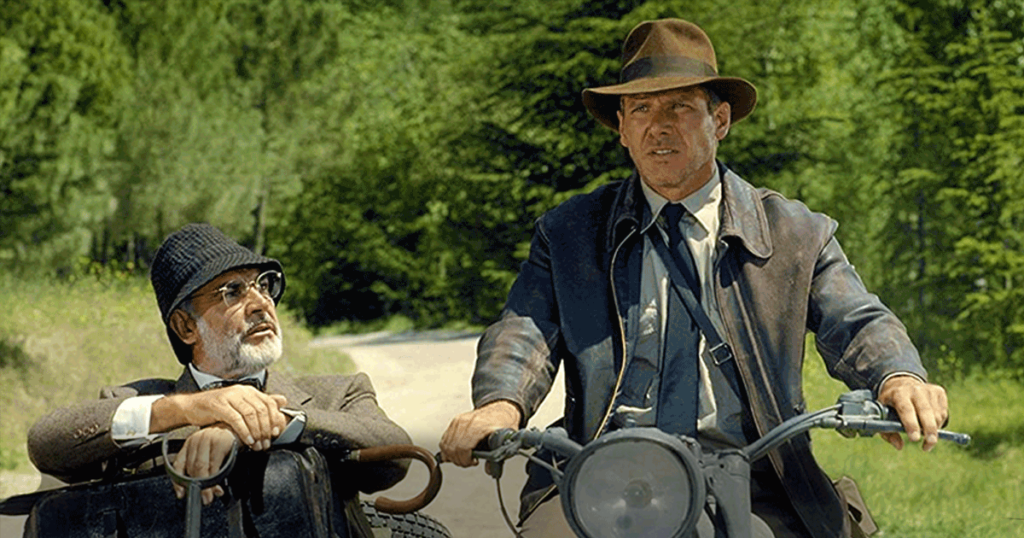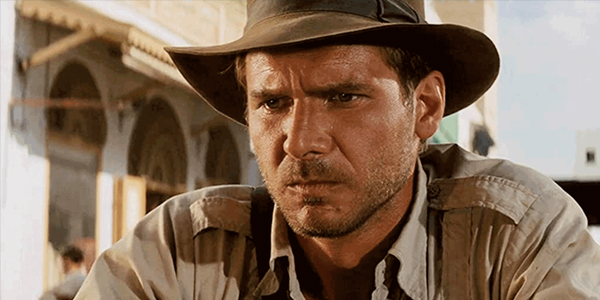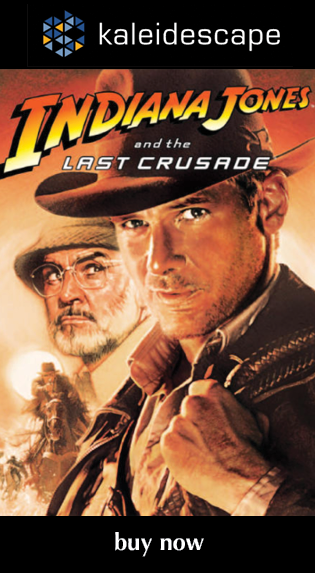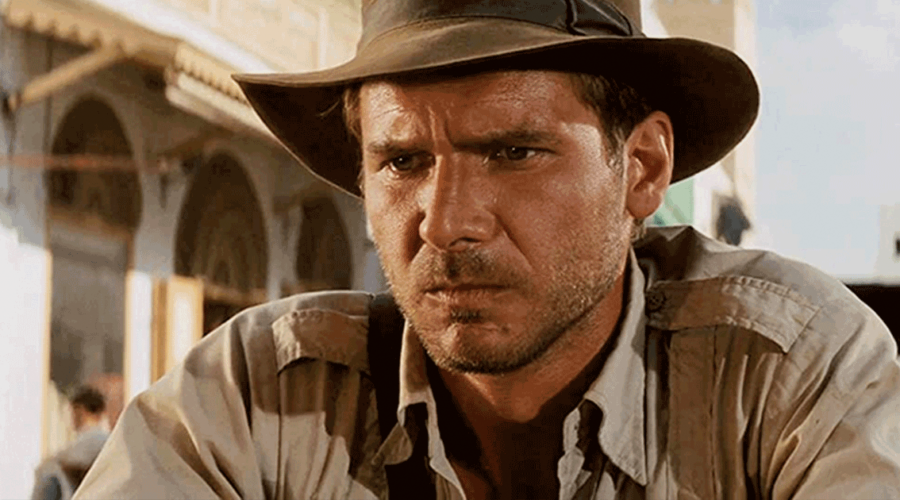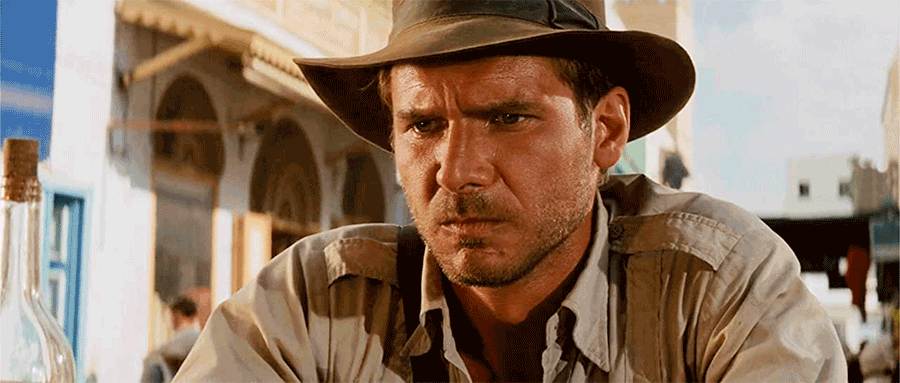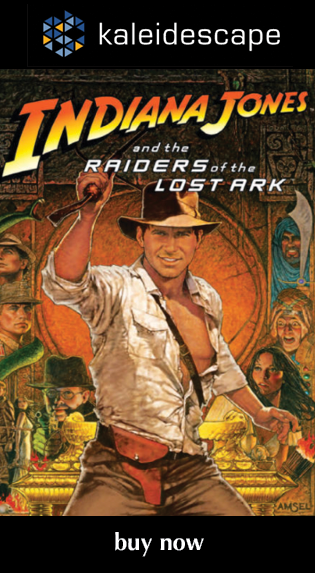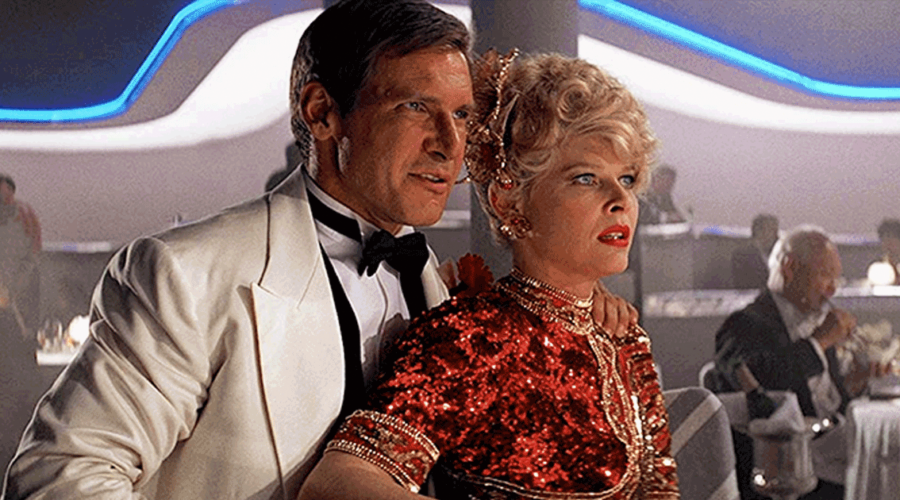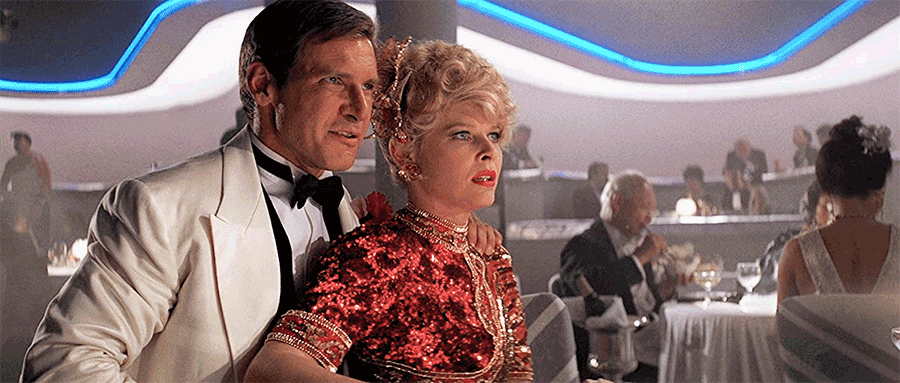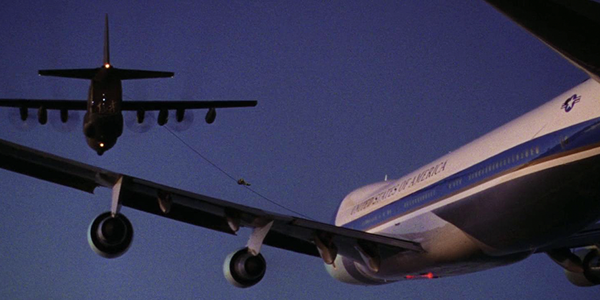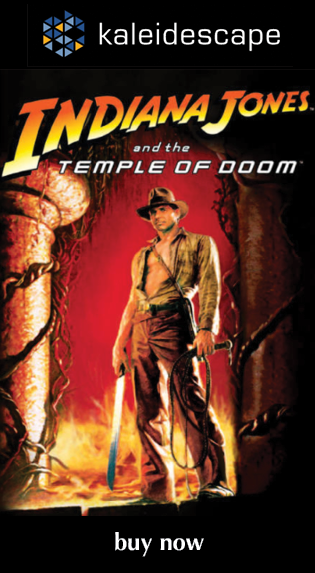Review: Jaws
also on Cineluxe
Sign up for our monthly newsletter
to stay up to date on Cineluxe
The film that launched Spielberg’s career gets a respectful 4K HDR/Atmos restoration
by John Sciacca
updated May 30, 2023
I was five when Jaws came out in the summer of 1975, and for my dad thought it would be a good idea to take our family to see it at a drive-in theater. So, I remember Jaws for absolutely ruining night swimming for me for my entire life, and for giving me a fairly unhealthy fear of the water that persists.
So, yeah. Jaws has been a part of my life for just about as long as I remember. And you know what? The film still holds up. The acting, the dialogue, the chemistry, the editing . . . it’s all still great. The best parts of the film are aboard the Orca with Quint (Robert Shaw), Hooper (Richard Dreyfuss), and Sheriff Brody (Roy Scheider). The dynamic between the three of them is fantastic, and Quint’s monologue about surviving the USS Indianapolis is still powerful and compelling .
Of course, John Williams’ Academy Award-winning score retains all its tension and drama, but even the shark scenes and effects remain believable and frightening. Sure, there are scarier, more brutal, and bloodier shark films out there today, but Jaws sets the standard for scary things in the water, and the bar remains high. About the only thing that really dates the film are the suits worn by Mayor Vaughn (Murray Hamilton) and the variety of clearly out-of-fashion swimwear seen on the beaches of Amity.
For its 45th Anniversary release, Universal Studios has given Jaws a full 4K HDR restoration, and this transfer is taken from a new 4K digital intermediate. The transfer retains the look of the 35mm film’s photochemical origins, with grain visible in the pale blue and low-lit evening or sunsetting skies, but it’s as if layers of age have been wiped away to produce images that are just clean and new-looking. This isn’t a movie with lots of sharp, detailed edges—though it appears to look sharper and more detailed later in the film aboard the Orca—or one that has micro-details leaping off the screen, but rather a transfer that retains the best of both its film and digital look to present something that looks both new and correct for its period.
Closeups occasionally reveal plenty of detail, with one shot of the Mayor’s anchor-festooned suit revealing fine, sharp blue single-line pinstriping detail that was horizontal on the lapel and diagonal on the breast and arms; and foreground objects have nice defined edges.But this transfer is more about the overall pristine look than moments of single-strands-of-hair pixel resolution. Some shots look a bit soft and defocused, but this appears to be more an issue with the original focal point during filming than a lack of resolution in the transfer.
They took a pretty delicate touch with the HDR grading, with occasional bright highlights such as the opening flames of the beach fires, or bright lights aboard ships, but the added dynamic range lends itself to more natural and realistic-looking images as light levels get low, and we retain deep blacks but still plenty of shadow details. There are several underwater scenes with a variety of lighting, or with bright lights probing through smoke and mist on top of the water that could cause banding issues, but images remain clean and distortion-free.
When I heard Jaws had been given a Dolby TrueHD Atmos audio makeover I was . . . curious. What could an immersive sound mix do with a 45-year-old mono master short of possibly being used to gimmicky effect that spoiled a classic? Well, much like the video, the new audio track takes the best of the Jaws soundtrack and uses modern technology to expand and improve it. This is most noticeable in John Williams’ fantastic score, which is now lifted above the front channels and mixed into an enveloping canopy overhead, filling the room and surrounding you in the iconic music.
Beyond that, they’ve used audio cues to subtly enhance other moments throughout the film. There are bird chirps, ocean waves crashing or lapping against things, wind sounds, or creaks and groans of the boat rolling in the water that all place you in scenes. On the beach, we get a nice mix of radios playing, and a helicopter flyover as it patrols the waters for sharks.
Dialogue is mostly clear and understandably—especially with Williams’ score given room up in the height speakers—except for a few moments where many people are talking or shouting at once in some of the crowded exterior scenes. Also, don’t expect much from your subwoofer, though it does get a little room to show off during the finale.
The best word I can use to describe this 45th Anniversary release is “restraint.” They used technology where available to improve the experience while careful not to do anything that would be detrimental to the Jaws so many of us remember.
While the Kaleidescape download doesn’t include any of the fairly extensive extras that accompany the 4K Blu-ray disc—which includes two near feature-length documentaries, The Making of Jaws and The Shark is Still Working: The Impact & Legacy of Jaws—these are the same extras included with the 2012 Blu-ray release, so if you have that, you aren’t missing out on anything new.
Jaws is one of my favorite films and this newly restored version illustrates why it remains a classic that belongs in every collection.
Probably the most experienced writer on custom installation in the industry, John Sciacca is co-owner of Custom Theater & Audio in Murrells Inlet, South Carolina, & is known for his writing for such publications as Residential Systems and Sound & Vision. Follow him on Twitter at @SciaccaTweets and at johnsciacca.com.
© 2023 Cineluxe LLC
